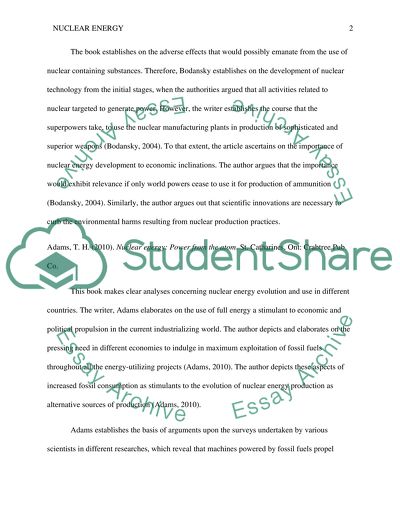Cite this document
(“Argumentative essay on nuclear energy Example | Topics and Well Written Essays - 2500 words”, n.d.)
Retrieved from https://studentshare.org/military/1607213-argumentative-essay-on-nuclear-energy
Retrieved from https://studentshare.org/military/1607213-argumentative-essay-on-nuclear-energy
(Argumentative Essay on Nuclear Energy Example | Topics and Well Written Essays - 2500 Words)
https://studentshare.org/military/1607213-argumentative-essay-on-nuclear-energy.
https://studentshare.org/military/1607213-argumentative-essay-on-nuclear-energy.
“Argumentative Essay on Nuclear Energy Example | Topics and Well Written Essays - 2500 Words”, n.d. https://studentshare.org/military/1607213-argumentative-essay-on-nuclear-energy.


